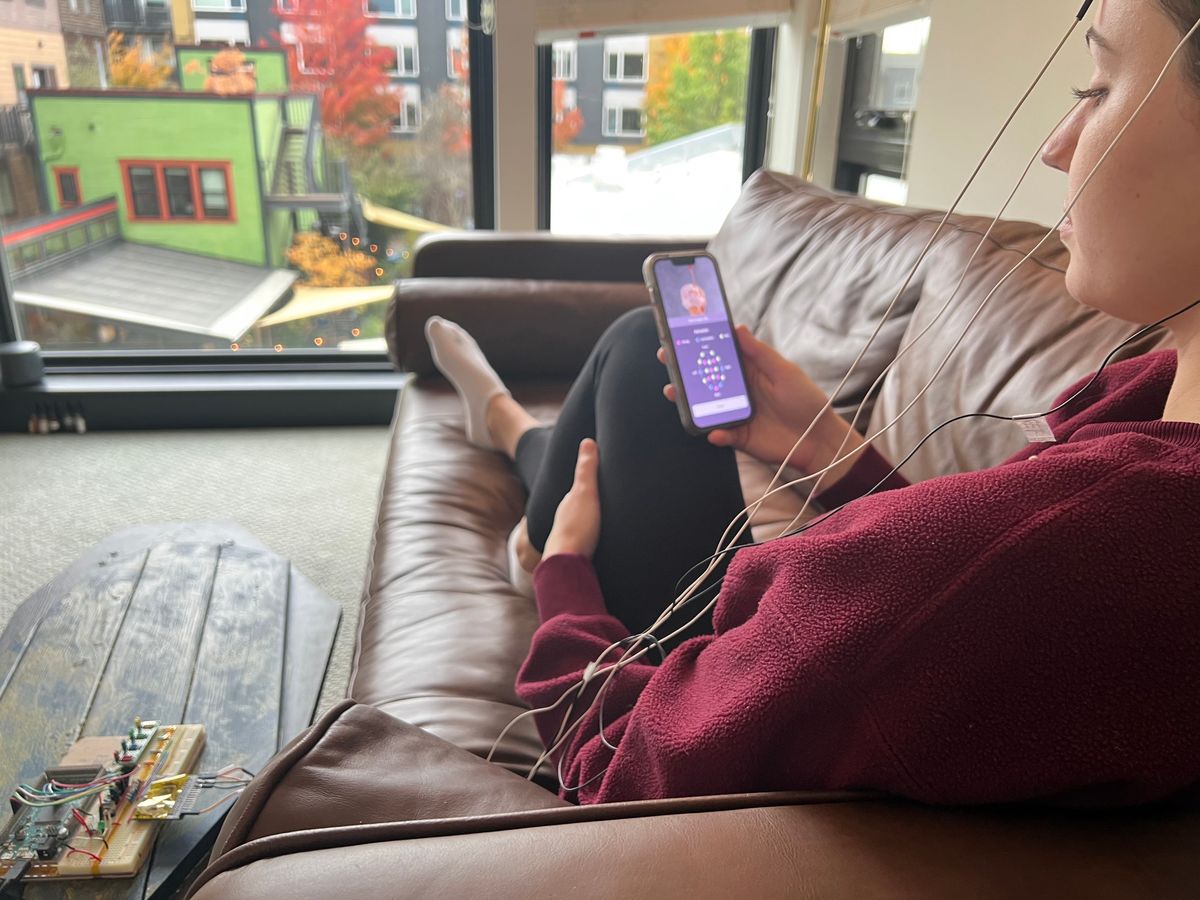Lucid Candy: an EEG Sensor for Mental Health

- The lucid candy EEG board is intended to allow people to measure brain waves to detect states of flow and mental health.
- It has eight channels and utilizes a TI ADS1299 board.
- It is compatible with any microcontroller that supports the SPI protocol and operates on a 3.3V power supply.
Challenge
While complexity can be appealing at times, it can also be frustrating. When I sought to track my flow state using an EEG, I initially planned to purchase any 8+ channel low-level EEG to gather raw data and label it myself. However, my research only turned up flashy consumer products priced well above what I was willing to pay ($200 or more). To stay within my budget, I built my own EEG for less than $80.

Design
The design of the board is straightforward, with two layers separating analog and digital ground. I opted for an Analog Devices power supply because of its low noise, even though it was slightly more expensive than other brands. While cheaper components may have sufficed, I decided against compromising on quality. The board mainly consists of 805 SMD components and is small enough to be hand-soldered.
ADS1299 section schematic:

Power section schematic:

Coding
For my first set of code, I utilized the Arduino Due microcontroller, which was an ideal choice for this application. With a 3.3V power supply and support for SPI communication, it provided a nearly perfect fit.

I'm currently in the process of writing a web app to control the EEG board to allow easy control. In addition to the user interface, different noise filtering techniques is also in development, so users can gather meaningful data from the EEG board.
Here's the Github link: https://github.com/GianIsNotDead/lucid_candy
